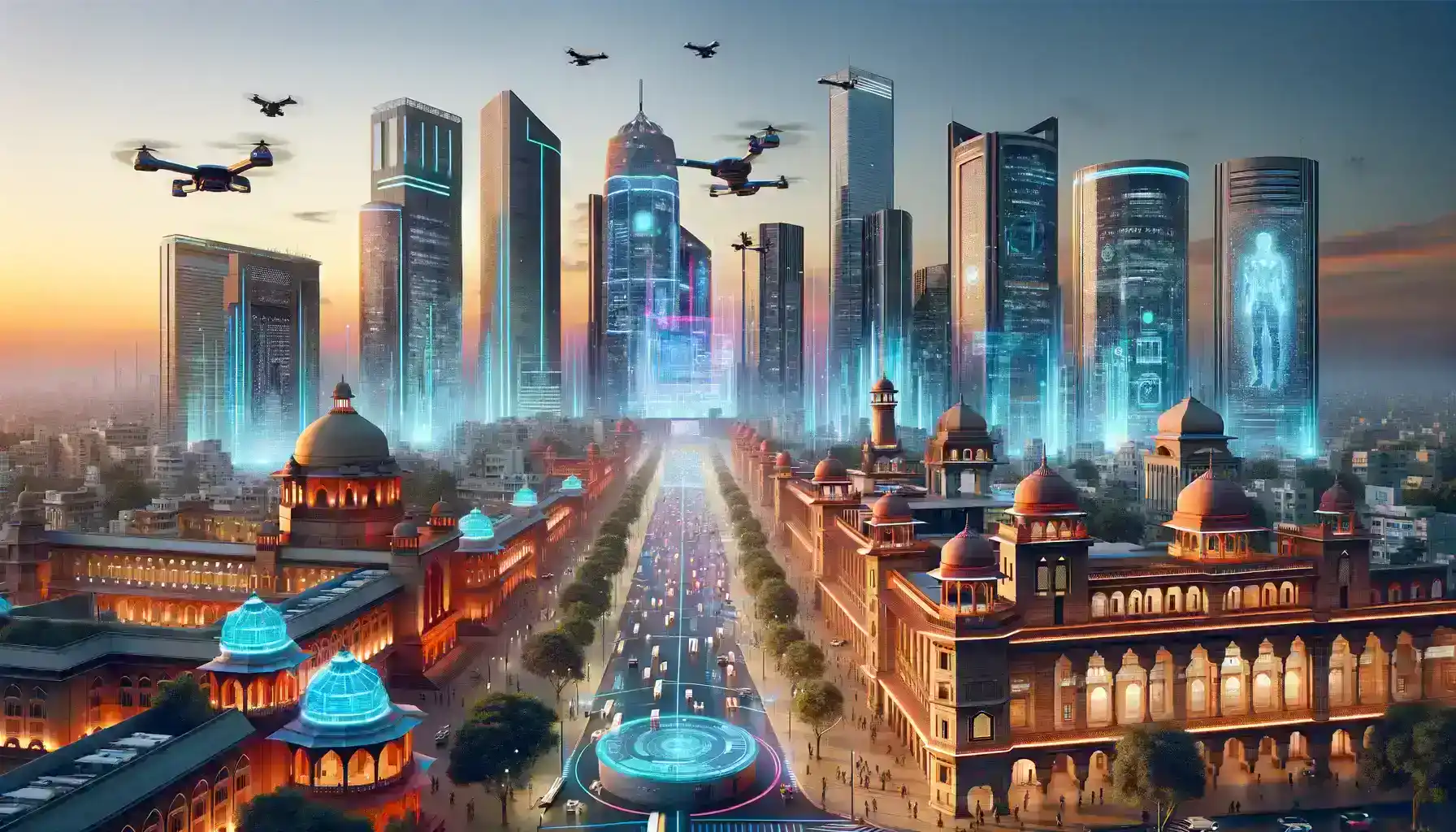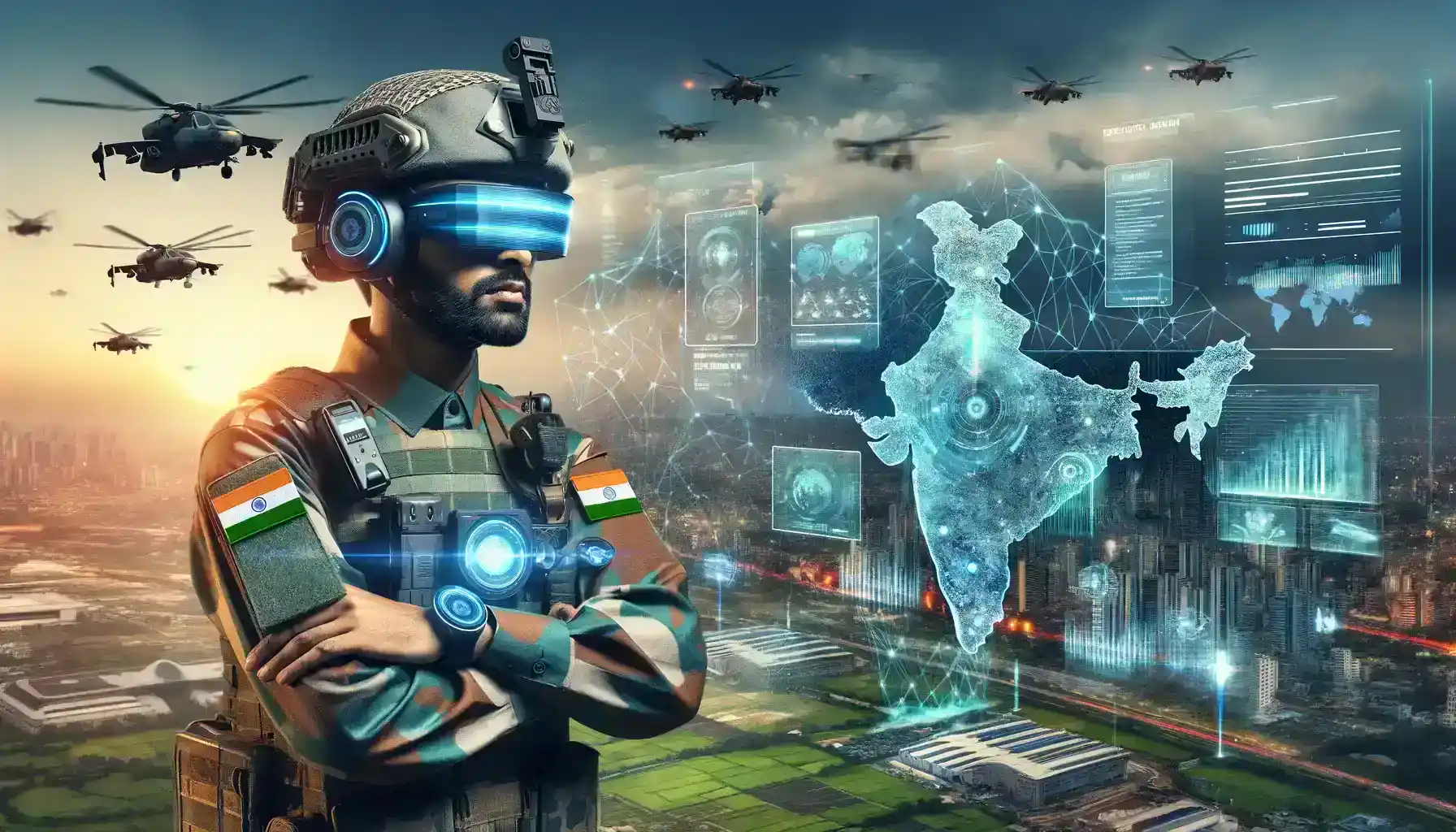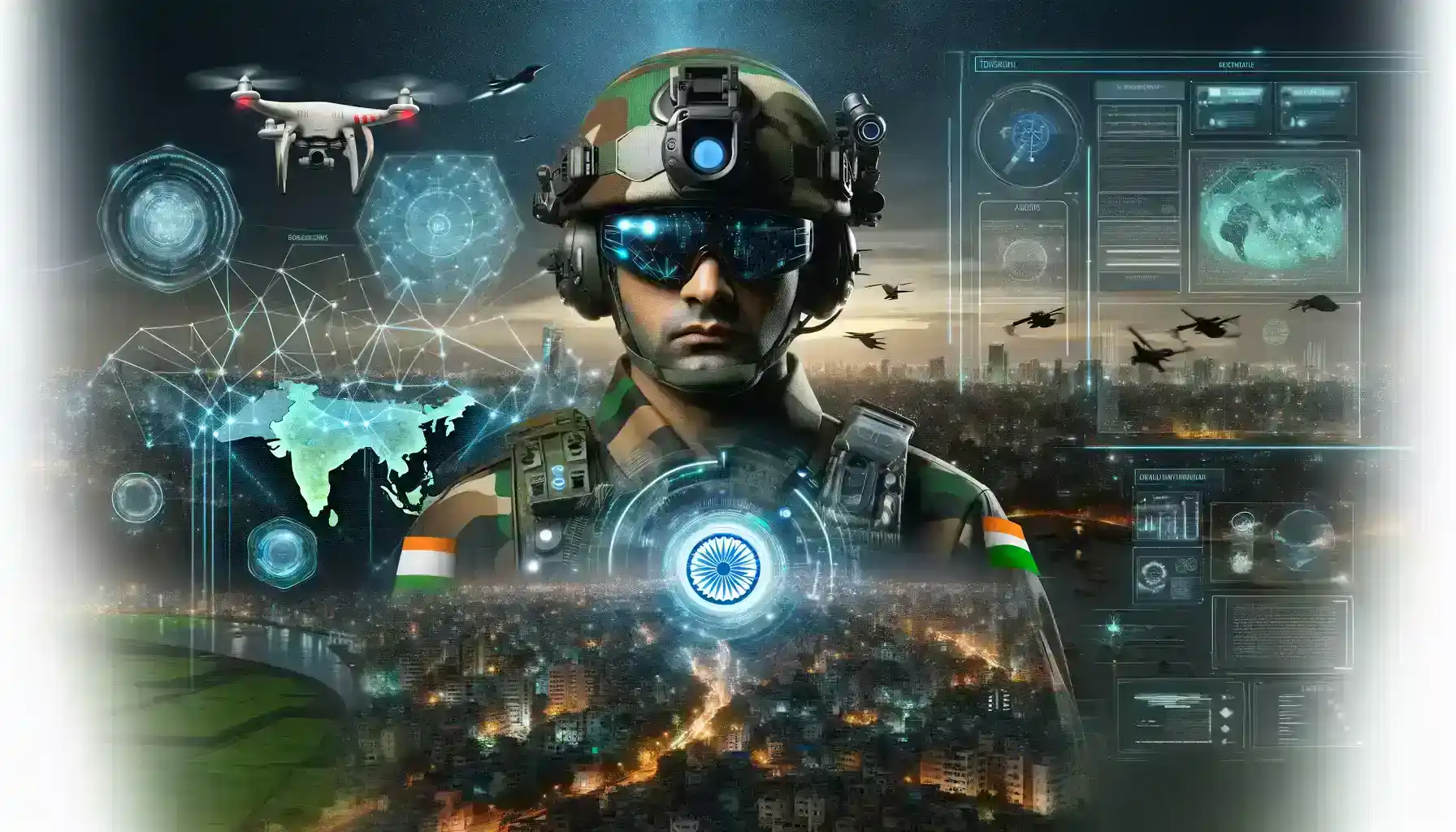Table of Contents
India is experiencing a rapid digital transformation, driven by the ambitious Digital India 2026 initiative to modernize the nation’s technological infrastructure by 2026. In parallel with this ambitious national agenda, the Defense Intelligence Agency (DIA) has emerged as a key player in utilizing technology to advance defense capabilities. This article aims to explore the pivotal role played by the DIA in developing innovative technology-driven defense strategies, aligning perfectly with the overarching objectives of the Digital India 2026 initiative.
The Digital India 2026 Initiative
The Digital India 2026 initiative is a comprehensive program launched by the Indian government to transform the nation into a digitally empowered society and a knowledge-based economy by 2026. This program encompasses a wide range of objectives and policies to leverage technology to improve various aspects of governance, public services, infrastructure, and the economy.
The timeline for Digital India 2026 sets specific targets and milestones to be achieved over the next few years, aligning with the broader vision of making India a global technology leader. These objectives include expanding broadband connectivity, digital inclusion, promoting e-governance, and fostering innovation and entrepreneurship in the digital space.
The Digital India 2026 initiative holds immense significance for India’s socio-economic development and growth in the 21st century.
- Economic Growth: Digitization has the potential to significantly boost India’s economy by driving innovation, entrepreneurship, and job creation. It enables the expansion of e-commerce, digital payments, and online services, which can contribute to GDP growth.
- Inclusive Development: Digital India 2026 aims to bridge the digital divide by ensuring that the benefits of technology reach all segments of society, including rural and remote areas. This inclusivity can uplift marginalized communities and improve their access to education, healthcare, and government services.

- Efficient Governance: The use of technology in government services streamlines administrative processes, reduces bureaucracy, and minimizes corruption. It also enhances transparency and accountability, making it easier for citizens to interact with government agencies.
- Digital Literacy: The program promotes digital literacy and skill development, empowering citizens with the knowledge and tools to participate in the digital economy. This empowers individuals to access better job opportunities and enhances their overall quality of life.
- Global Competitiveness: In an increasingly interconnected world, India’s digital transformation is essential for remaining competitive on the global stage. It attracts foreign investments and fosters collaboration with international tech companies.
The Role of the Defense Intelligence Agency (DIA)
The Defense Intelligence Agency (DIA) is an integral part of India’s defense and security apparatus. It is one of the premier intelligence agencies responsible for collecting, analyzing, and disseminating military and defense-related intelligence information. DIA operates under the Ministry of Defence and has a primary mission of providing critical intelligence support to the Indian Armed Forces, government, and policymakers.
The primary focus of the Defense Intelligence Agency is to safeguard India’s national security interests.
- Threat Assessment: DIA continuously monitors and assesses various threats, including those from neighboring countries, non-state actors, and potential security challenges. By analyzing these threats, DIA helps in identifying potential risks and vulnerabilities.
- Counterterrorism: DIA plays a pivotal role in counterterrorism efforts. It collects and analyzes intelligence related to terrorist organizations, their activities, and their networks. This information aids in preventing terrorist attacks and neutralizing threats.
- Counterintelligence: DIA is involved in counterintelligence operations to protect India’s military and defense secrets from espionage and unauthorized disclosures.
- Technology and Cybersecurity: In an increasingly digitized world, DIA has a significant focus on technology and cybersecurity. It works on identifying and mitigating cyber threats and vulnerabilities that could compromise national security.

DIA’s Innovative Initiatives:
In an increasingly interconnected and digital world, the importance of cybersecurity cannot be overstated. The Defense Intelligence Agency (DIA) recognizes the critical role that a robust cybersecurity framework plays in safeguarding India’s national security interests.
- DIA conducts comprehensive threat assessments to identify potential cyber threats and vulnerabilities. This involves gathering intelligence on cyber adversaries, both domestic and international.
- It collaborates closely with other government agencies, intelligence organizations, and law enforcement agencies to share information and intelligence related to cyber threats.
- The DIA invests in cutting-edge cybersecurity technologies and tools to defend against cyberattacks. This includes advanced intrusion detection systems, firewalls, encryption methods, and threat intelligence platforms.
- Cyber threats often transcend borders, and the DIA collaborates with international partners to combat cybercrime and share threat intelligence. These partnerships enhance India’s cyber defense capabilities.
- The agency also participates in public awareness campaigns to educate individuals and organizations about cybersecurity best practices. Creating a cyber-aware citizenry is an integral part of overall digital resilience
Artificial Intelligence and Machine Learning in DIA
AI and ML have become integral components of modern defense strategies due to their capabilities to process and analyze vast amounts of data rapidly. In the context of Digital India 2026 and defense intelligence, these technologies play several vital roles:
- Data Analysis and Pattern Recognition: AI and ML algorithms can sift through massive datasets to identify patterns, anomalies, and trends that might go unnoticed by human analysts.
- Image and Video Analysis: AI-powered computer vision systems can analyze images and videos in real-time, making it possible to monitor and identify objects or activities of interest.
- Cybersecurity: AI and ML are crucial in defending against cyber threats. They can detect and respond to suspicious activities in real-time, helping protect critical digital infrastructure
- Autonomous Systems: AI-driven autonomous systems like drones and unmanned vehicles can be deployed for reconnaissance, surveillance, and even combat, reducing the risk to human personnel.
- Simulations and Training: AI and ML can be used to create realistic simulations for training purposes. This allows defense personnel to hone their skills in a safe and controlled environment.

International Collaborations
Digital India 2026, the Defense Intelligence Agency (DIA) recognizes the importance of forging international collaborations. These partnerships involve working closely with global intelligence agencies from friendly nations. Such collaborations enable the sharing of critical intelligence, technological expertise, and best practices.
They contribute to strengthening India’s defense capabilities in the digital age by providing access to a broader spectrum of data, intelligence tools, and cutting-edge technologies. As part of the Digital India initiative, these international collaborations help India position itself as a responsible and capable player in the global security landscape.
Private sector engagement is a pivotal aspect of the Digital India 2026 strategy, especially when it comes to advancing defense technology. The DIA recognizes that innovation and technological advancement often originate from the private sector. By actively engaging with private companies and startups, the DIA can tap into a wealth of expertise and resources.
The collaboration with the private sector not only aligns with Digital India 2026 but also accelerates the pace of technological advancements in the defense sector, ensuring that India remains at the forefront of digital defense capabilities.
Challenges and Future Prospects
Challenges in Tech-Driven Defense:
The implementation of innovative technologies in the defense sector, as envisioned by Digital India 2026, comes with its own set of challenges. Some of the key obstacles faced by the Defense Intelligence Agency (DIA) include:
- Security Concerns: The integration of advanced technologies in defense systems brings heightened security risks. Protecting classified information and critical infrastructure from cyber threats and espionage is a paramount challenge.
- Budget Constraints: The allocation of budgets for technology adoption and R&D in the defense sector can be limited. Balancing the need for technological advancement with budget constraints can be a delicate task.
- Adoption and Training: Training personnel to effectively use and manage new technologies is crucial. The DIA must invest in training programs to ensure that the workforce is well-equipped to handle cutting-edge technology.
The Future of Tech-Driven Defense:
The trajectory of defense technology in India, within the context of Digital India 2026, holds immense promise. As the nation progresses toward its digital goals, the future of tech-driven defense is likely to be characterized by the following trends:
- Space-Based Technologies: The utilization of space-based assets for surveillance, communication, and navigation will continue to expand. India’s capabilities in space technology will contribute significantly to defense.
- Data Analytics and Predictive Intelligence: Big data analytics and predictive modeling will enable intelligence agencies like DIA to extract actionable insights from vast volumes of data, enhancing strategic planning and threat assessment.
- Global Collaborations: Collaboration with international partners and organizations will foster the exchange of knowledge and technology. This cooperation will lead to joint projects and the sharing of expertise.

Conclusion
As Digital India 2026 continues to unfold, the DIA’s innovative endeavors not only protect the nation but also propel it towards a future where technology is harnessed to safeguard the values, security, and prosperity of every Indian citizen. With a focus on collaboration, innovation, and adaptability, India is poised to emerge as a formidable force on the global stage, securing its position as a digital powerhouse, fortified by a tech-driven defense strategy that is second to none.
The Defense Intelligence Agency’s (DIA) commitment to harnessing innovative technology for defense advancements aligns seamlessly with the ambitious goals of Digital India 2026. As India strides confidently towards a digitally empowered society and a knowledge-based economy, the role played by the DIA in safeguarding national security through technological innovation cannot be overstated.